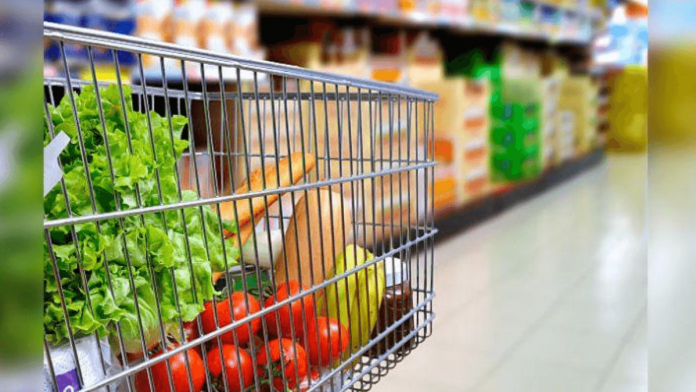News in Brief:
– FAO Food Price Index shows a slight increase in April, driven by rises in meat and vegetable oil prices.
– Local farmers may feel the impact of these fluctuations, with implications for their produce prices and market dynamics.
The latest report from the Food and Agriculture Organization (FAO) of the United Nations reveals a slight uptick in the global food price index for April 2024. While the increase is modest, it holds significance for local farmers worldwide.
Cereal prices saw a marginal rise after a three-month decline. Wheat export prices stabilised due to tough competition among exporters, despite concerns over crop conditions in key regions. Maize prices surged, driven by high demand and logistical disruptions in Ukraine and Brazil.
The Vegetable Oil Price Index climbed to a 13-month peak, driven by increases in sunflower and rapeseed oil prices. This hike could impact local farmers who produce these oils. Meat prices surged globally, with poultry, bovine, and ovine meat leading the increase. However, pig meat prices saw a slight decline due to weak demand in Europe and major importing countries like China.
A decline in prices of sugar and dairy
In contrast, sugar prices dipped significantly, driven by improved global supply prospects. Similarly, dairy prices saw a marginal decrease after six consecutive months of increase, influenced by sluggish demand for skim milk powder and lower cheese prices.
FAO’s Cereal Supply and Demand Brief forecasts a slight increase in total cereal production for 2023, with maize and barley showing higher utilization for feed. However, adverse weather conditions in key producer countries like Brazil and South Africa may affect coarse grain crops.
For local farmers, these fluctuations in global food prices have direct consequences on their livelihoods. Whether it’s navigating through price increases for their produce or adjusting to changes in demand, staying informed about these trends is crucial for making informed decisions.



